Cool roof systems are an innovative solution designed to improve energy efficiency by reducing heat absorption from the sun. These roofs not only lower energy use but also provide substantial energy savings for buildings in hot climates like San Antonio, TX. For over 25 years, Shield Roofing has offered durable, reliable roofing systems so homeowners can enjoy reduced utility costs and enhanced comfort. As GAF– and Owens Corning-certified experts, we’re here to help you understand whether a cool roof system is the right choice for your property.
Understanding Cool Roof Systems
A cool roof is more than its reflective appearance—it’s a carefully engineered system. By utilising materials with high solar reflectance and thermal emittance, cool roofs redirect sunlight and release absorbed heat back into the air. This prevents excessive solar heat gain that conventional roofs experience during sunny days.
In San Antonio’s scorching summers, reflective roofs outshine traditional ones by maintaining lower surface temperatures. Shield Roofing leverages advanced methods and products tailored for energy efficiency, ensuring properties have roofs built tough and built to last.
What Makes a Roof “Cool”?
Cool roofs reflect sunlight and emit heat, significantly lowering temperatures. Solar reflectance measures a roof’s ability to reflect sunlight; higher reflectance means less solar energy absorbed. Thermal emittance enables heat release, keeping roofs cooler in hot weather.
For homeowners, this results in reduced indoor heat and lower air conditioning reliance, especially beneficial in hot climates like San Antonio, where energy use can soar.
This roofing alternative provides year-round energy benefits but are most effective in sunny areas. By maintaining cooler surfaces, they mitigate urban heat island effects, enhancing the local environment. Are these benefits aligned with your roofing needs? Continue reading to explore available materials in the U.S.
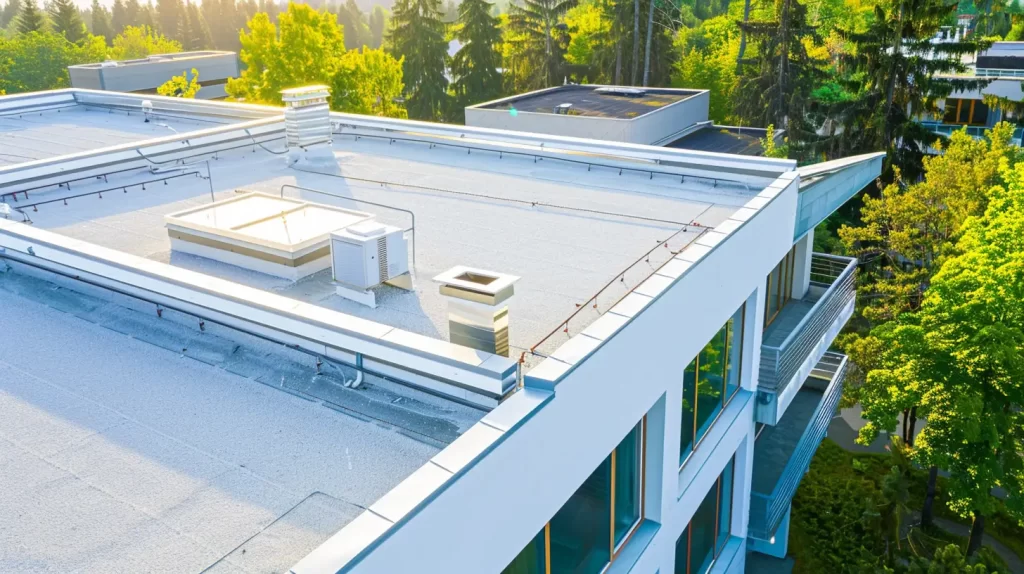
Popular Cool Roofing Materials Used in the U.S.
Various materials enhance cool roofs’ effectiveness, focusing on energy efficiency and climate adaptability. White reflective roofs, using lighter colors, reduce solar heat gain through traditional materials with reflective coatings that boost solar reflectance and thermal emittance. Polymer shingles and metal roofs offer durability and lower energy consumption.
Cool roof shingles reflect sunlight, making them ideal for urban areas affected by the urban heat island effect. Concrete tiles and ply membranes also support cooler roofing systems, resisting moisture and mold growth in humid climates. These innovative solutions align with modern building standards and sustainability goals.
Advantages of Cool Roof Systems
Cool roof systems unlock multiple advantages for homeowners and communities alike. By drastically reducing solar heat gain, these roofs enhance energy efficiency and deliver measurable energy savings over traditional systems. Lower indoor temperatures mean less air conditioning use, cutting monthly energy costs.
These benefits extend beyond individual buildings, with cool roofs playing a role in reducing urban heat islands and improving global sustainability efforts. For San Antonio homes, adopting this roofing alternative is not just practical—it’s an investment in long-term comfort and savings.
Lower Energy Bills for San Antonio Homeowners
Cool roofs offer significant savings on energy bills, especially in hot climates like San Antonio, where air conditioning costs can rise sharply. By reflecting sunlight and maintaining lower surface temperatures, they reduce the need for heavy cooling.
Homeowners benefit from decreased energy consumption and extended appliance lifespan due to less strain. This is especially advantageous during peak summer months when utility rates are high.
For residents of San Antonio, this roofing alternative is both practical and affordable. Shield Roofing guarantees that each installation maximizes energy savings while ensuring comfort in the Texas heat.
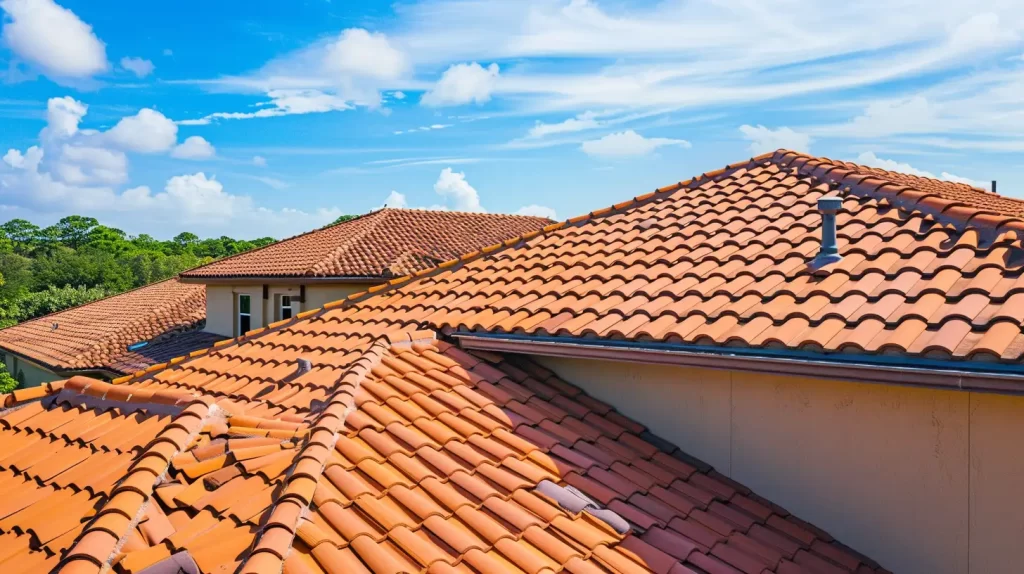
Enhanced Comfort and Indoor Temperature Control
Cool roofs contribute to a more consistent and comfortable indoor environment. By keeping roof surfaces cooler, they prevent excessive heat from radiating into living spaces, maintaining ideal indoor temperatures.
Reduced solar heat absorption lightens your air conditioning load, improving the effectiveness of cooling systems. Enhanced airflow within the roof assembly further balances temperatures, ensuring no hotspots disrupt comfort during San Antonio summers.
Shield Roofing prioritises creating reliable roofs that support indoor comfort and energy efficiency. Partner with us to bring long-lasting quality to your property.
Environmental and Health Benefits
Cool roofs champion environmental sustainability while providing health benefits to communities. By decreasing the urban heat island effect, they contribute to reduced local temperatures, alleviating the intensity of summer heat in densely populated areas.
Homes with cool roofs also improve air quality by lessening energy consumption and reducing pollutants associated with high energy use. Shield Roofing makes environmental responsibility accessible for all, one roof installation at a time.
Reduced Urban Heat Island Effect
Urban areas like San Antonio often experience higher temperatures due to heat retention from traditional roofs and dark surfaces. Cool roofs address this issue by reflecting sunlight and radiating heat, reducing the heat island effect.
Widespread adoption can lower outdoor temperatures, positively impacting local climate trends. This reduction in heat also decreases air conditioning demands, easing pressure on power grids and promoting cleaner energy use.
Shield Roofing is at the forefront, installing durable and environmentally responsible roofing systems.
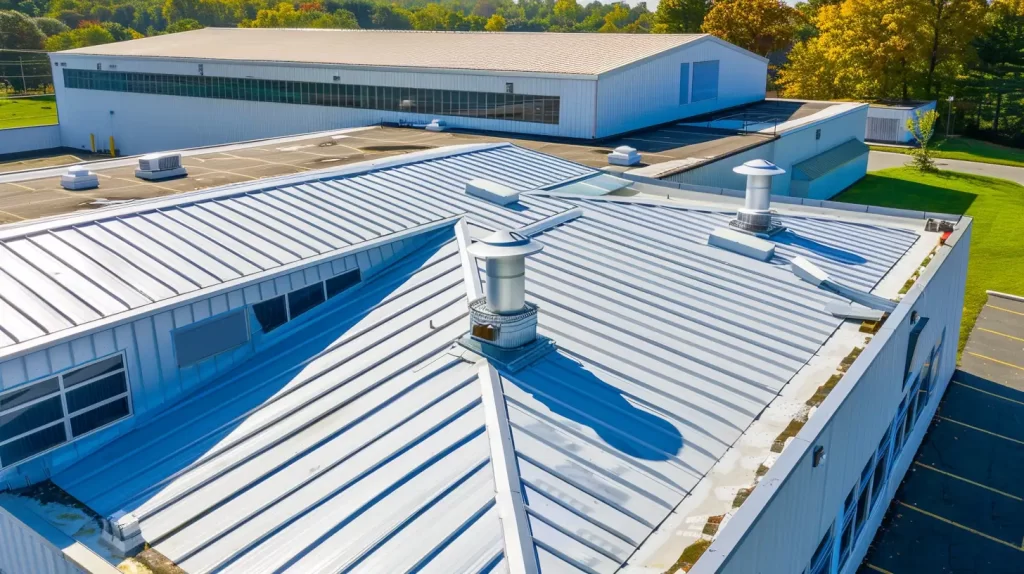
Improved Air Quality in Local Communities
Cool roofs indirectly improve air quality by reducing energy consumption and lowering overall emissions. With less reliance on air conditioning, communities produce fewer greenhouse gases, making the air cleaner and more breathable.
Additionally, those roofing systems combat the urban heat island effect, which curtails the formation of smog—a temperature-dependent environmental issue. Building owners in San Antonio benefit from lower carbon footprints alongside enhanced well-being for their neighbourhoods.
Ready to improve your property’s contribution to clean energy? Shield Roofing can make it happen with our proven expertise.
Potential Drawbacks of Cool Roof Systems
While the advantages are substantial, those roofing systems come with potential drawbacks. In colder climates or during winter, absorption of less sunlight can increase heating costs compared to conventional roofs.
Another concern is the accumulation of moisture, especially in humid climates like Texas, where mold growth can occur under certain conditions. These issues highlight the need for professional assessment, and Shield Roofing is here to guide you toward informed decisions.
Upfront Installation Costs and ROI Considerations
Investing in a cool roofing system usually involves higher upfront costs than traditional options. Factors like reflective coatings and materials, such as polymer shingles or metal roofs, can significantly affect these expenses. Building owners should weigh the long-term energy savings against initial costs, as improved efficiency can lower energy bills.
Evaluating return on investment (ROI) is essential, especially in hot climates where solar reflectance reduces heat gain. Over time, the potential for increased property value and substantial energy savings makes those roofs an appealing choice, given careful consideration of budget and environmental impacts.

Moisture and Mold Risks in Humid Texas Climates
Cool roofs in humid climates like San Antonio face challenges related to excess moisture. Lighter-colored roofs may show visible mold growth, and improperly sealed installations risk accumulating dampness within the assembly.
Those membranes and chemical adhesives can help prevent issues, but time and care are essential for ensuring durability. Shield Roofing deploys industry-leading techniques to safeguard Texas homes against moisture-related risks, guaranteeing peak performance.
Ready to Get Started?
Cool roof systems are an attractive option for San Antonio homeowners, providing energy efficiency and environmental benefits. They can lower energy bills and improve indoor comfort, but be mindful of potential drawbacks like initial costs and humidity risks. Assess your home’s needs to make an informed choice. For expert advice or inquiries about cool roofs, contact Shield Roofing. We boast a BBB A+ rating, CTRCA certification, and partner with trusted brands like Owens Corning and GAF. With over 25 years of experience, we deliver durable, high-quality roofing solutions built to last!
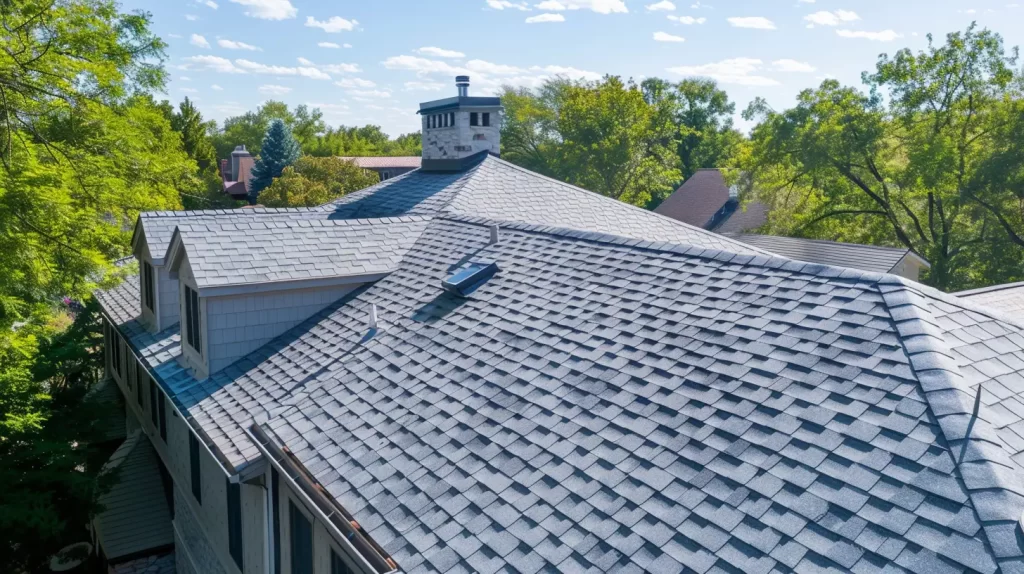
Frequently Asked Questions
Do cool roofs require special maintenance compared to traditional roofs?
Cool roofs typically require minimal maintenance compared to traditional roofing systems. Their reflective surfaces should be kept clean to maintain efficiency. Regular inspections by professional roofing contractors can ensure durability.
How long do cool roofs last?
Cool roofs generally last as long as their traditional counterparts, which varies by material. Protective cool roof coatings extend lifespan by shielding against UV damage. The Department of Energy recommends periodic maintenance to maximise durability.
What are the negatives of a cool roof?
Although energy-efficient, cool roofs may present challenges like increased mold growth in humid regions or higher heating costs in colder climates. Proper installation and expert guidance minimise these drawbacks, ensuring a balanced investment decision.
